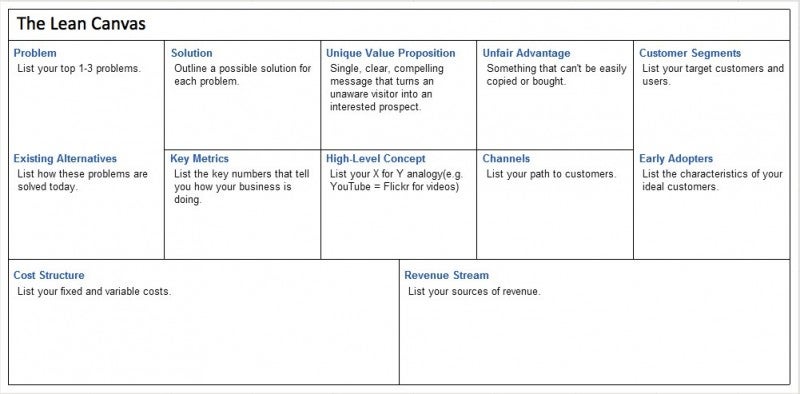
*This article originally appeared on Next Billion.
If you work at a nonprofit, you probably know this story: You conduct a pilot program. The results are strong. The pilot funding ends. Then you scramble to find funding to keep the program going.
How can you write a happy ending to this story? The Fund for Innovation, Effectiveness, Learning and Dissemination (FIELD) at the Aspen Institute explored this question during the last phase of our Asset Building through Credit Pilot. The pilot supported six organizations in offering a secured credit card, teamed with credit education and coaching, to entrepreneurs looking to build or rebuild their credit.
As we wrote about several months ago here on NextBillion, a key aspect of our evaluation focused on whether these entrepreneurs benefited. Indeed, the outcomes were positive: 71 percent of participants improved their credit score over the 12-month pilot period. As we entered the final stage of the pilot, our assumption was that, in an increasingly competitive funding environment in which donors are asking tough questions regarding the value of investments, having a compelling and clear business model for the secured card could provide these organizations with a competitive advantage in the quest to raise continued funding.
Put simply, a business model describes how an organization creates, delivers and captures value. To help pilot sites to analyze and create a business model for the secured card, we used theLean Canvas, a well-known tool in start-up business circles. The Lean Canvas allows organizations to think through and adjust different components of a business model – and summarize it on a single sheet. The canvas, shown below, shows the nine core elements of a business model, which can be used to evaluate an entire organization, or a single line of business.
We worked through the canvas with two of the pilot sites – the Mission Economic Development Agency (MEDA), a San Francisco-based community economic development corporation, and the Pacific Asian Consortium in Employment (PACE), a community development organization based in Los Angeles. They used data collected throughout the pilot period to analyze the hours spent ramping up the program and delivering the secured card, and estimate future costs. They also analyzed what they learned from pilot participants regarding how to market and position the product most effectively.

Launching a new product or program always involves a learning curve. Successful organizations make changes, adapt and improve along the way. What’s most fulfilling in the process of exploring a business model are the “aha moments” — the moments that challenge an organization to push its thinking.
The team at MEDA experienced one of those moments while mining and parsing its data from the pilot. It analyzed the hours it spent, on average, to bring in and serve each applicant, as well as its cost per client served. The organization found that it spent an average of 25 hours of staff time, per client, on marketing the program and providing services over the course of 12 months. This translated to $874 per approved client. This was eye-opening for the team. As one program manager put it, it was “shocking” to realize how much time and money they were spending on each client.
To scale this work considerably, the participating sites needed to find efficiencies and incorporate learning. The business model analysis allowed the organization to identify the aspects of the program that were essential and yielded the greatest impact. Having strong data on the outcomes in terms of improved credit scores was essential. So was finding a sustainable financial model. MEDA decided to achieve greater efficiencies by incorporating text-message reminders as a low-cost way to re-emphasize messages from coaches regarding on-time payments. Its coaching staff also sharpened its message and standardized the service-delivery process, in hopes of generating cost savings. Perhaps most importantly, the exercise allowed the team to step back from operations and engage in highly strategic conversations to push their thinking about how to sustain the program over the long term.
Interested in learning more? Our videocast (embedded below) explains the process we used to facilitate this thinking, and the publication highlights additional key learnings.
Joyce Klein is director of the Aspen Institute Microenterprise Fund for Innovation, Effectiveness, Learning and Dissemination (FIELD). Luz Gomez is a consultant with the Aspen Institute Economic Opportunities Program.

